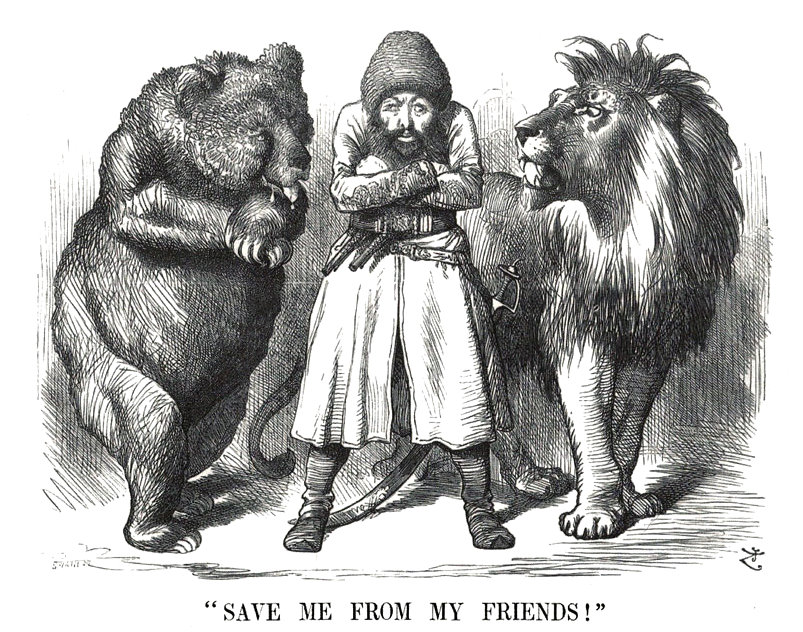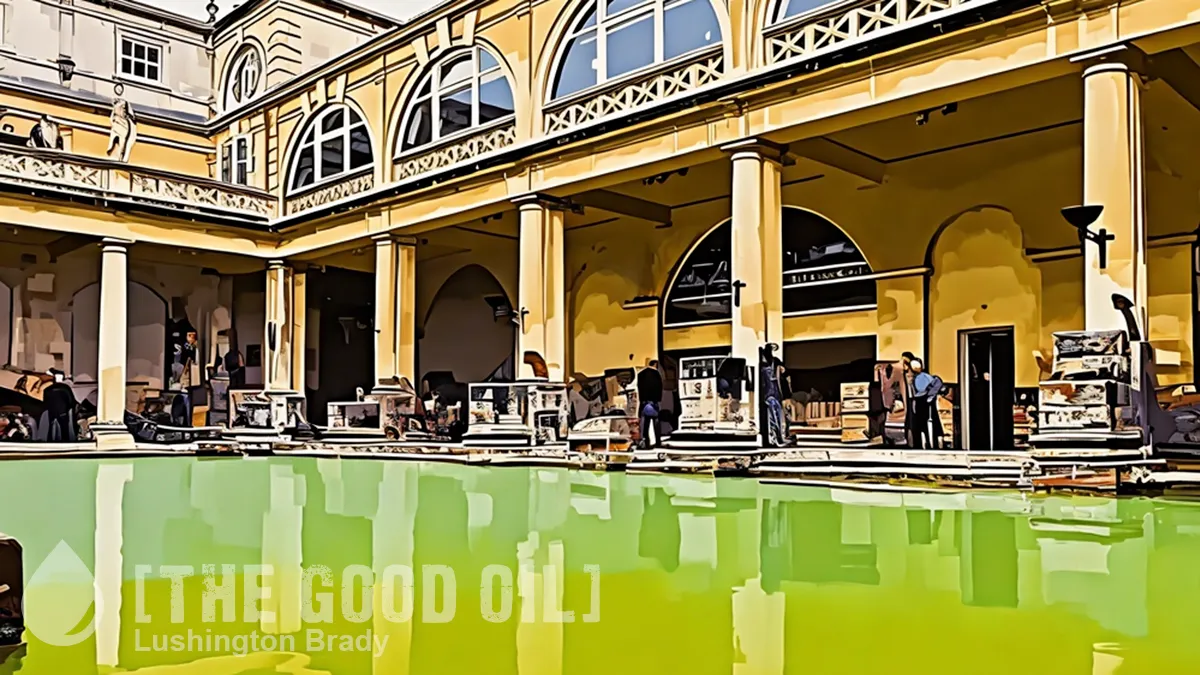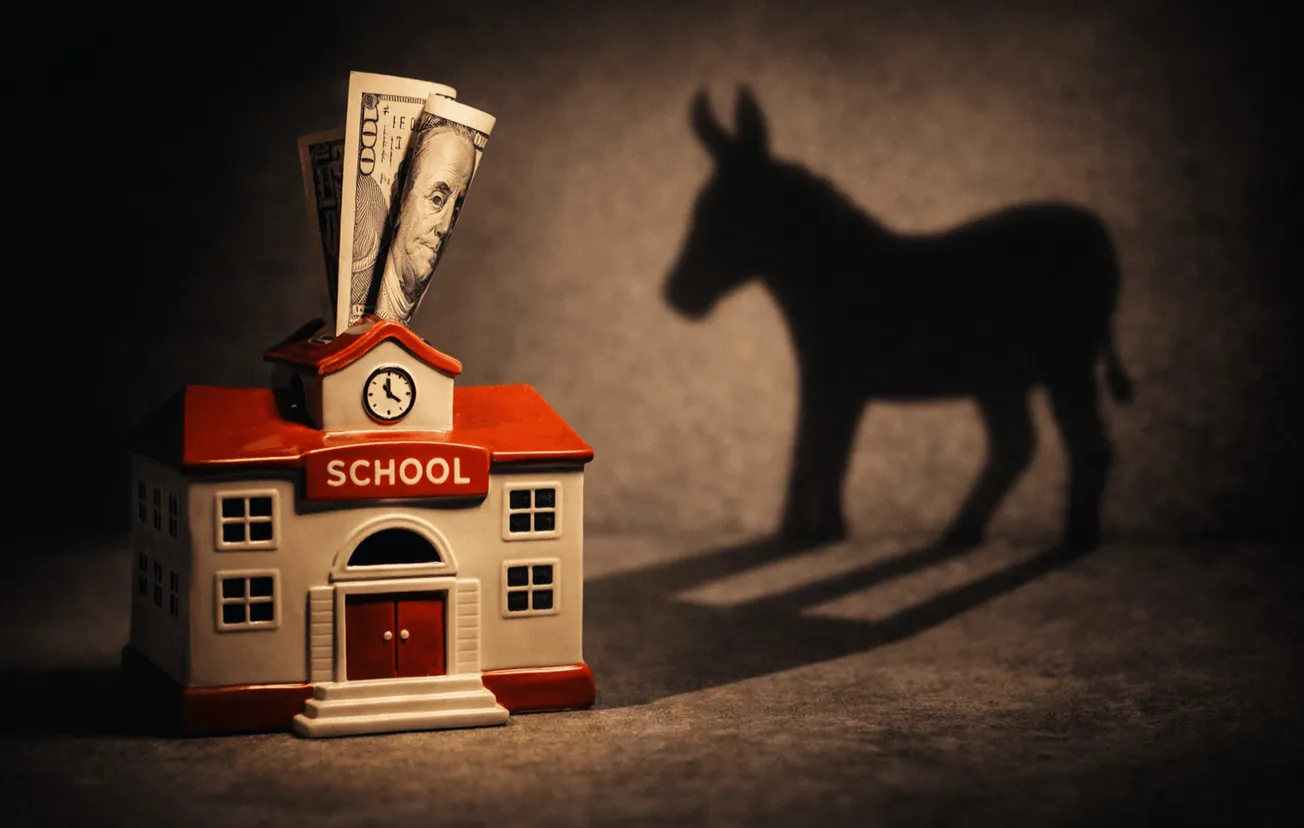Table of Contents
Louis T. March
mercatornet.com
Louis T. March has a background in government, business and philanthropy. A former talk show host, author and public speaker, he is a dedicated student of history and genealogy. Louis lives with his family in the beautiful Shenandoah Valley of Virginia.
Tired of hearing about Afghanistan? Thought so. Thus I beg your forbearance for the ensuing palaver.
All we hear about that benighted land has to do with politics and war. And what we hear in the media is oversimplified, to say the least. Things are not nearly as black and white as we’re led to believe.
“The Graveyard of Empires” is a harsh, cruel, unforgiving land. Tribal, mountainous, arid, and in many areas desolate, it has fostered a warrior way of life for its people that is as old as time. In the 19th century Afghanistan was a buffer between British India and Russia. In the 20th century it became the Soviet gateway to South Asia. The USSR’s 1989 withdrawal kick-started the dissolution of the Soviet Empire. Now the Americans are out. Will another empire go by the wayside? Your guess is as good as mine.

Demography, eternally tethered to culture, reigns supreme over politics. And it is a big mistake for anyone, especially a Westerner, to claim any meaningful understanding of Afghanistan’s culture based on media coverage.
First off, the boundaries of modern Afghanistan, set in the latter part of the 19th century, were drawn with scant attention to tribal lands. The current border with what is now Pakistan is the infamous Durand Line, which left half of the Pashtun population in what was then British India. There are 14 recognized ethnic groups in the country, with varying languages, customs, attitudes, etc.
Pashtuns are a plurality of Afghanistan at 42 per cent. Tajiks make up 27 per cent, Hazaras 9 per cent, Uzbeks 9 per cent, Aimaq 4 per cent, Turkmen 3 per cent, with the remainder divided among others. The Taliban is predominantly Pashtun, but in the last few years has enlisted a number of Tajiks and Uzbeks, hence their early capture of northern Afghanistan, which is Tajik and Uzbek country. After all, Tajikistan and Uzbekistan are just across the northern border.
In most of the country, there is little evidence of any central government. Tribal elders call the shots and claim whatever offices whatever government puts out there. The Kabul government created by the West did not exist for the vast majority of the population. Nor did other “national” governments before it.
A further complication: Hazaras (and a few others) are Shiite Muslims. About one in seven Afghans are Shiite. In that part of the world the Sunni-Shiite difference matters. Catholic-Protestant dust-ups in 1990s-era Northern Ireland don’t hold a candle to the Sunni-Shiite divide.
Afghanistan’s population is between 37 and 39.5 million. The most widely accepted figure is that of the CIA World Factbook: a July 2021 estimate of 37,466,414. A 1979 census reported 14.6 million souls. Another census was attempted at the behest of the Americans in 2014, part of a terribly misguided effort to bestow the Afghan people with a “modern” state. It was problematic:
After long delays, false starts and squandered millions in foreign aid, the great Afghan census is finally underway. The process is more than an exercise in counting bodies but one that, officials hope, will head off the kind of voter fraud that plagued the presidential election this past year.
The census teams generally include a man and a woman who often spend considerable time waiting in front of doors that never open, often because of purdah, the custom of sequestering women indoors away from men not their husbands or relatives and requiring a burqa when outside.
NY Times, 12/11/14
There was even more trouble with that effort. Many in Afghanistan have one name. A census official commented at the time, “We tell them to please select a surname for themselves if they don’t have one… When you select a surname you can use anything.” Sounds like a genealogist’s nightmare.
In the last two decades of American occupation, a number of Afghans adopted surnames in order to apply for visas or employment with foreign organizations. However, asserting individualism through acquiring a random surname challenges tribal identity, something unlikely to occur to highly educated American bureaucrats. Even former President Ashraf Ghani adopted the surname of Ahmadzai during the last presidential election. Since “Ahmadzai” is the name of a particular Pashtun tribe, this was a way of signalling to voters his status as a Pashtun elder. He hasn’t used that moniker since the election.
Tribal ties run deep, especially in rural areas where 75 per cent of the people live. Tribal cultures elude integration into states, empires or other socio-political mechanisms customary to our world. Besides that, Afghanistan is a failed narco-state, leading the world in opium poppy production. You may be sure that somebody besides the farmers is making a bundle from that racket.
Fertility estimates for Afghanistan are all over the map. According to the World Bank, the total fertility rate (TFR) is 4.321, down from 7.632 in 1997. The CIA World Factbook estimates it at 4.72, down from 8.0 in 2000. The United Nations puts Afghanistan’s 2021 TFR at 4.133. The Lancet’s 2017 estimate was 6.01. And finally, Statista, a German company specializing in statistics and survey results, states:
From 1925 until 2000 the fertility rate of Afghanistan fluctuated between seven and 7.7 [7.65] children per women, before dropping drastically by 2020. …From 2000 onwards the fertility rate has dropped by more than three children per woman, and today it is 4.6.
Their varying estimates aside, all the experts agree that Afghanistan’s TFR began to decline precipitously in the late 1990s, later than most of the world. It declined well over 40 per cent in the last quarter-century. This is not surprising, given recent world fertility trends. But that decline coincided with the US occupation (from 2001), which is grist for the mill of anti-American propaganda. Readers of MercatorNet understand that the TFR decline is not America’s fault, but Uncle Sam, deservedly or not, is a mighty convenient scapegoat.
Afghanistan also has the highest infant mortality rate in the world at 10.675 per cent. In addition, it has the world’s 11th highest maternal mortality (.638 per cent).
Thankfully Afghanistan is not plagued with sex-selective abortion. For every 105 males born, there are 100 female births, which is one of the few aspects of life in the Hindu Kush that is “normal,” at least by our standards.
Of late there has been reduced infant mortality and increased contraception. Under renewed Taliban rule it is likely that women’s educational and professional participation will decrease. That could impact the TFR, but I wouldn’t dare to predict anything about that country.
Afghanistan is one of the youngest societies on the planet. The median age is 19.5 years. Over 40 per cent of people are below 15, and 62 per cent are below 25. Only 7 per cent are 55 and older. Average life expectancy is 52 years, one of the lowest on Earth. (Does ceaseless warfare have an effect?). So even with a guesstimated 18 per cent unemployment rate, retirement is not a widespread concern.
Last but not least, the literacy rate is 43 per cent. Literacy in this case is defined as the percentage of those age 15 and over who can read and write. This did increase during the American presence, but with literacy we see a gaping gender disparity. Slightly more than 55 per cent of males are considered literate but only 30 per cent of females.
It is hard to put oneself in the shoes of the average Afghan, in part because there is no such thing. From where we sit, those folks may look alike, have a shared religion and statistical averages in common, but they are as different as night and day. And as usual in highly diverse societies, the American mantra “Why can’t we all just get along” rings hollow. Diversity ain’t their strength.
It might be news to news junkies, but the Taliban, for better or worse, enjoys a great deal of popular support in Afghanistan. And the former American-backed regime? Not so much. Understanding that is a first step to understanding anything about that country.
Conflict is endemic to the region, but with luck, for the next little while, it may be limited to local disputes. Maybe there is a lesson in the Afghanistan debacle for us Westerners. Quit complaining – and be thankful that we do not live in an impoverished, illiterate, inhospitable, war-ravaged land. At least not currently.
Take nothing for granted. Ever.
Please share this article so that others can discover The BFD.






![[The Good Oil] Stuff Up of the Day](/content/images/size/w1304/format/webp/2024/09/Stuff-up-image-1.webp)


